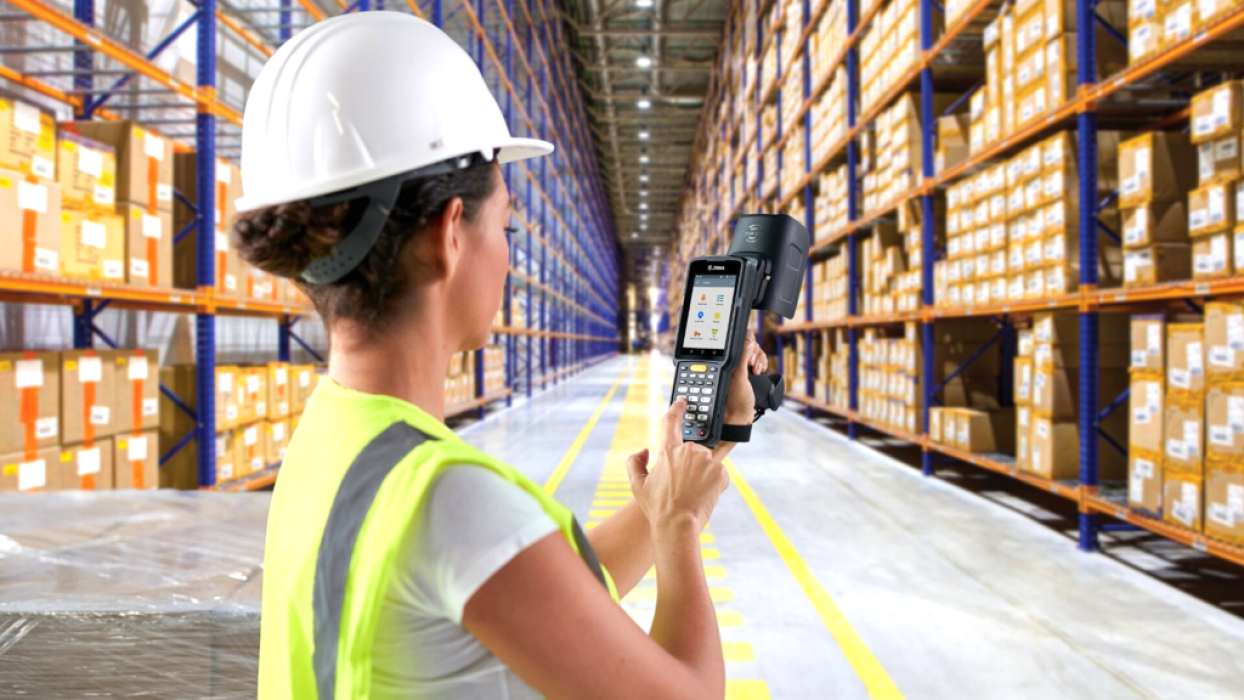RFID technology enables companies to continuously and automatically track the location and status of goods, without relying on manual scans or stock counts. In this article, we’ll explain how RFID delivers real-time inventory visibility, the key advantages over traditional methods, and how to integrate it with your existing WMS or ERP systems.
Understanding Real-Time Visibility
Real-time inventory visibility means knowing exactly where your stock is and in what quantity as it moves through your processes. Unlike periodic stock counts or barcode scanning, RFID provides continuous updates by detecting items automatically as they pass fixed readers in key locations. The result is an always-current view of inventory, accessible at any time, without extra workload for your staff.
This kind of visibility allows teams to react quickly to shortages, avoid unnecessary stock, and ensure that materials and products are where they need to be when they’re needed. It’s especially valuable in environments with high turnover, multiple storage zones or tight production schedules.
How RFID Supports Reliable Inventory Data
An RFID system works with tags that are applied to items, bins or pallets. As these move through the facility, they are picked up by RFID readers at goods-in, internal transfer points, or dispatch areas. The data is processed centrally and matched to the item’s ID, updating the inventory position in real time.
Unlike barcode systems, RFID doesn’t require line-of-sight or manual handling. This reduces the chance of missed scans and improves data accuracy, especially in high-volume or automated environments. It also means stock data is always in sync with physical reality which is particularly valuable when integrating with systems like WMS or ERP.
From System Integration to Operational Impact
To realise the full value of RFID, integration with existing software is key. Most setups work via middleware, which captures the raw RFID data and connects it to your inventory logic. This ensures that when a pallet enters a location, the system recognises the movement, updates the stock levels, and, if needed, triggers follow-up actions like replenishment or order release.
The operational benefits are visible across the board. Warehouse teams spend less time searching for items. Planners work with more accurate forecasts. And errors caused by mismatches between expected and actual inventory are significantly reduced. In production, RFID also enables traceability — which supports quality control and compliance.
A Practical Approach to Implementation
Implementing RFID doesn’t require a full system overhaul. Many organisations start with one flow — for example, inbound goods or a specific stock zone to validate the benefits. Once running, the setup can be extended step by step, without disrupting ongoing operations.
Success depends on clear process design, good alignment between IT and operations, and practical training for the teams involved. RFID is not a plug-and-play solution, but when thoughtfully implemented, it adds long-term value by making your inventory data more reliable and actionable.

